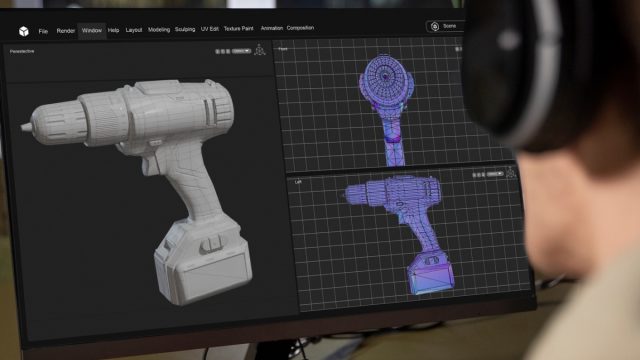Design is an integral part of every digital product development process, mainly contributing to the project’s success. Every time you unlock your phone and open the application, rest assured that long hours of work on the design are behind its responsiveness, navigation, and appeal.
As a developer or stakeholder, you wouldn’t want to spend time and resources on poor app performance. The solution to prevent such a situation is to test the design part by prototyping. If you are building a digital product, you have come to the right place. On this page, you can understand the importance of user experience (UX) prototyping.
Prototyping in Design: What Is It?
Contents
Prototyping involves creating early project models for testing performance, usability, and user-friendliness. By investing in testing and analyzing design prototypes, development teams can fix bugs and correct issues before deployment. This step offers many possibilities for getting feedback from end users. Those valuable insights are then applied for design improvement.
Why Invest in Prototyping?
Scientists claim that the average human’s attention span is 8 seconds. So, you have this short timeframe to impress the users and catch their attention. That is why there is no room for a mistake. Explore prototyping design benefits to ensure your project thrives.
Forming Your Ideas
All advanced technological solutions come from that brilliant idea that once popped up in the head of a talented individual. But no matter how great the concept is, the final result might be unsatisfactory without spreading it on paper. Prototyping shapes the idea into a realization.
Creating sketches and mockups allows us to examine the design conception. They reflect the final result, which can be amended. At the stage of mobile app prototyping, edits that are easier to implement than when the product is already released are accepted.
Improving User Experience
A weighty aspect of prototyping is examining the design through the users’ eyes. Tom Lowry, Director of Advocacy at Figma, says prototyping is the easiest and cheapest way to gather valuable insights from customers in the development stage. Without approving your idea with a real client, your project can fail to meet expectations.
When having prototypes, you can reach out to end users via interviews, focus groups, surveys, questionnaires, usability testing, polls, and other channels. This can give a comprehensive view of the design concept and align it with the users’ needs.
Enhancing Communication Between Teams
Coordinated communication is essential for understanding a clear picture of the project and the distribution of the scope of work. App or website prototyping streamlines interactions between designers and programmers. Moreover, it involves stakeholders with less expertise in designing and user experience.
Visually reinforced prototypes help team members understand the project and offer feedback. At this stage, all modifications can be implemented without significant expenditure of time and resources.
Making Accurate Estimates
Prototyping illuminates essential questions such as development costs, deadlines, and the needed workforce. Having a model of a final product design helps evaluate the efforts that need to be activated. This, in turn, reduces the risks of unplanned expenses and uncertainty about the product’s successful deployment.
Prototyping Models Types
Prototyping branches into three types: low-fidelity or wireframes, medium-fidelity or mockups, and high-fidelity or clickable prototypes:
- Lo-fi prototypes intend to visualize the idea with simple means like paper and a pen. They are colorless, don’t contain details, and present only the core functionality like buttons, icons, and others.
- Mid-fi prototypes are still non-clickable but have already provided more details. They cover feature schemes and can help you imagine a clearer final product design.
- Hi-fi prototypes are clickable and very close to the actual product’s functionality. They can contain animations and interactive elements.
Prototyping Procedure: Steps for Realization
Prototyping is an experimental process that can hold many modifications and changes. The core steps designers follow are:
- Setting goals and deliverables. This part answers the questions about what you want to achieve and what feedback you want to gain.
- Defining the type of prototype. A simple drawing with a pen and a detailed interactive model refer to prototypes. Depending on your needs, designers choose the kind of prototype.
- Creating the prototype. Design teams use prototyping services to build a visual representation of the project.
- Testing the prototype. This is when you gain valuable feedback from users.
- Implementing corrections. After analyzing the results, teams decide on prototype improvements.
To Sum Up
If you want to be sure about the final version of your product’s success, include prototyping in your product design development lifecycle. This experimental process has many advantages, such as shaping the idea, improving the user experience, building a bridge in team communication, reducing risks, and making precise estimates. Design prototyping is a vital step that defines a project’s profit and prosperity.


